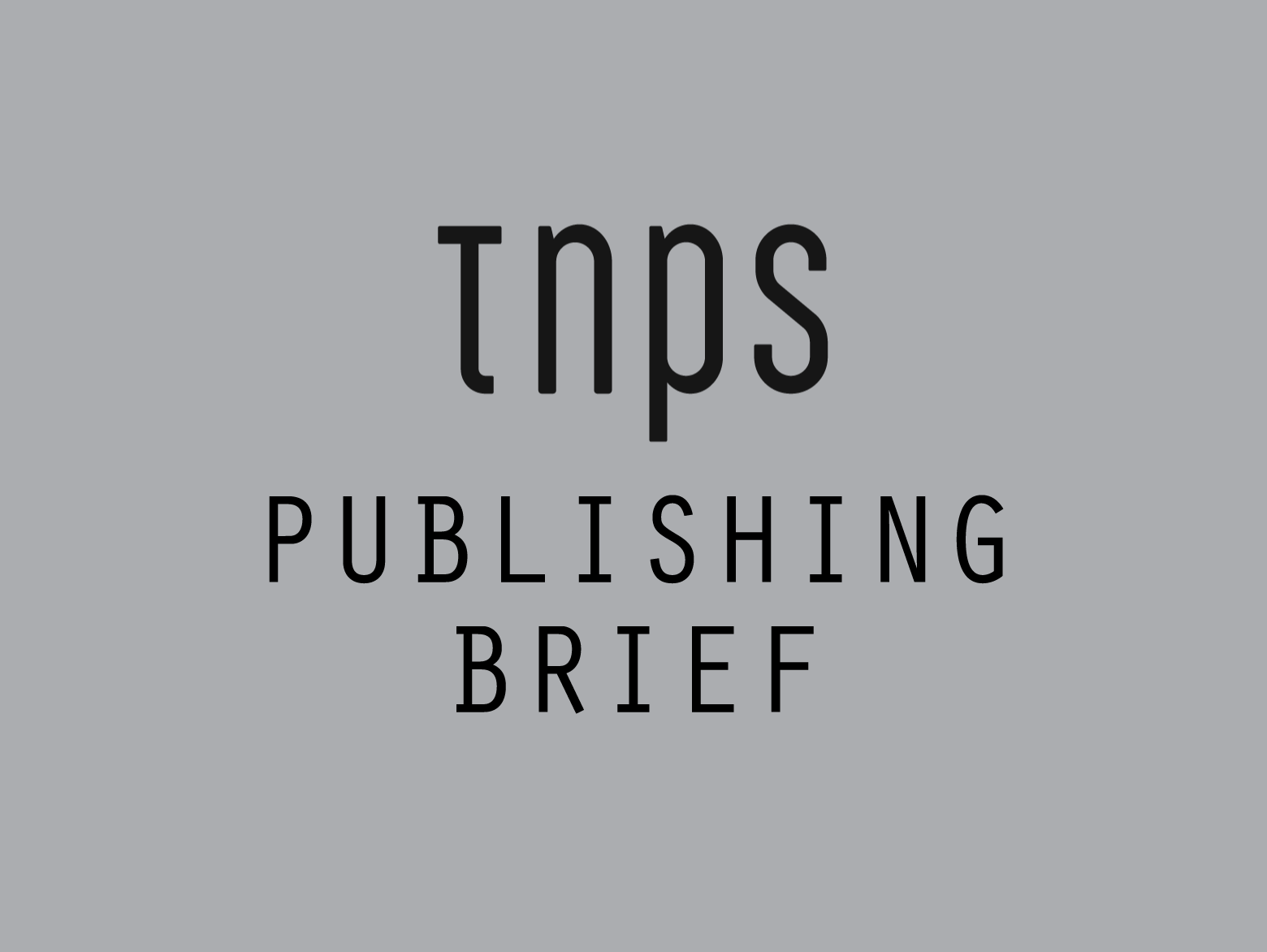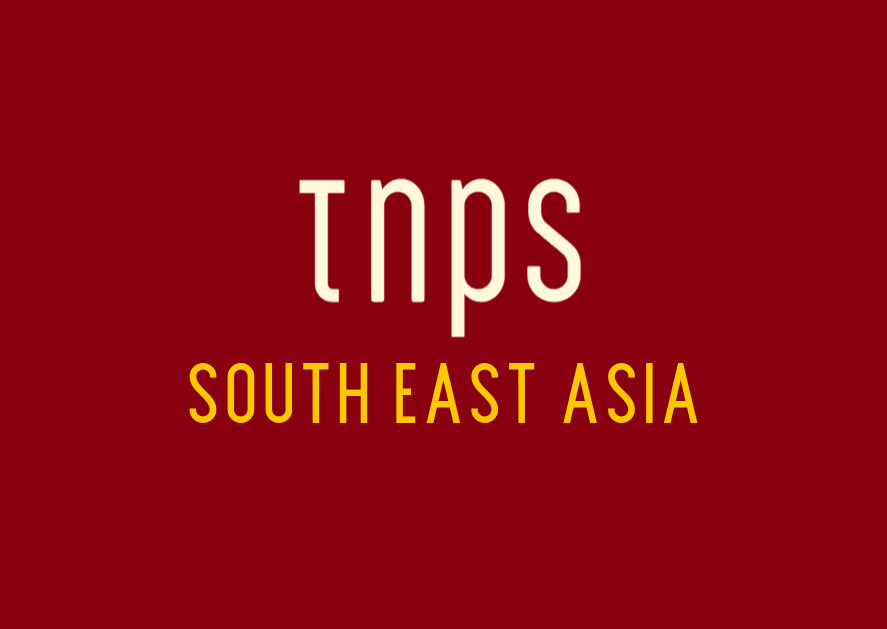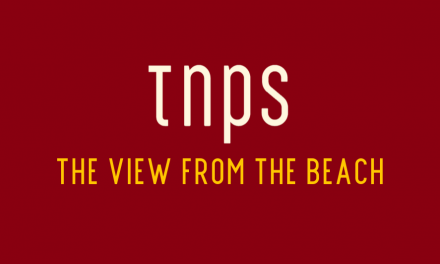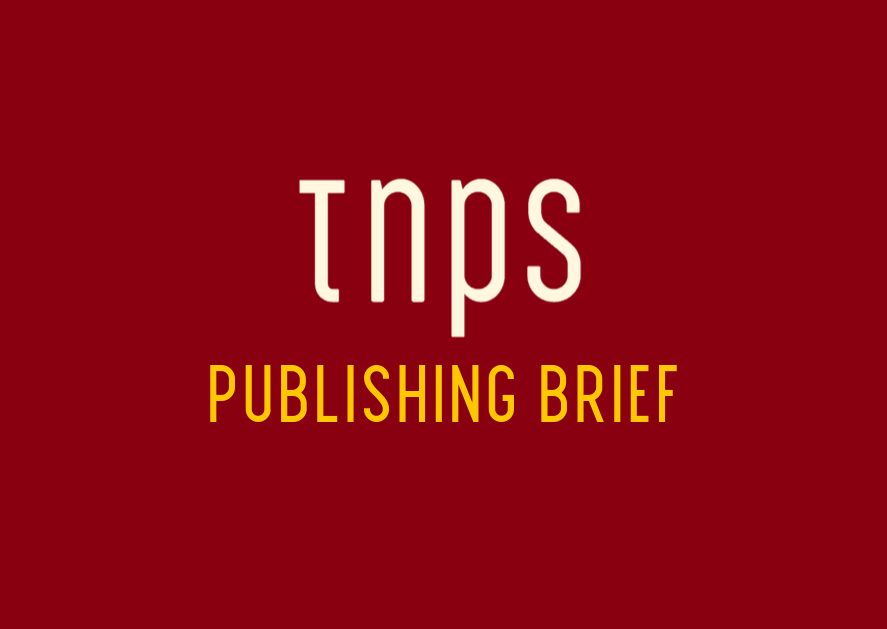At noon today (GMT) five of the top ten slots in the Kindle charts were taken by Lake Union (2), Montlake Romance (2) and Thomas & Mercer (1) – all publishing imprints of Amazon.
With the launch of Topple in February, the number of Amazon imprints reached eighteen. Amazon is already fielding more titles than Kensington, Bloomsbury, Pearson, WW Norton, McGraw Hill, Elsevier or Houghton Mifflin Harcourt, if Data Guy’s numbers are accurate.
According to Bookstat’s limited release of public data on the Author Earnings site in January, Amazon had 7,524 titles at that time.
By now it will likely be significantly more, and to whatever the new number is we’ll soon need to add additional non-fiction titles to Little A UK.
Explained The Bookseller today,
Amazon Publishing is breaking into non-fiction in the UK through imprint Little A.
The retailer’s publishing arm has been “keen to explore quality non-fiction from UK authors for some time”, according to editorial director Laura Deacon, and is calling on agents to submit a broad range of titles ranging from history, science, lifestyle and popular culture.
Amazon Publishing currently publishes fiction under four imprints in the UK: Thomas & Mercer, Lake Union Publishing, Montlake Romance and 47 North. In the US, Little A publishes literary fiction and non-fiction, but in the UK it will currently just focus on non-fiction.
Eoin Purcell, head of Amazon Publishing UK, is quoted by The Bookseller as saying,
Growing the UK division of Amazon Publishing is something we are really happy to do. Authors are at the heart of our business and we can do the same for non-fiction just as effectively as we now do for fiction. There have already been some really promising submissions from agents and we look forward to seeing many more.
Literary agents had varying responses, see The Bookseller report for details, but what is notably missing in this narrative from the agents is any discussion of the bigger picture here.
The bigger picture being that every new title Amazon releases, powered by the Amazon marketing machine and Amazon’s consumer data, is in direct competition with the titles of regular publishers and authors who rely on Amazon for the bulk of their sales.
That was no big deal back at the turn of the decade when Amazon was fielding a handful of titles and was not, by any meaningful measure, taking in-house publishing seriously.
Today things are very different.
If we are to believe the BookStat numbers released by Data Guy in January on the Author Earnings website then Amazon Publishing is the fifth biggest ebook publisher in the US by dollar sales, already outselling Macmillan’s 22,625 titles.
According to BookStat, Amazon took 9.8% of ebook unit sales and 5.1% of dollar sales in the US in Q2-Q4 2017.
By comparison the Big 5, according to Data Guy, sold 25.6% of the units and collected 43% of the dollars.
That’s worth noting because it flies in the face of the notion the Big 5’s high prices are hurting the Big 5. By these numbers the Big 5 are selling one and a half times the ebooks Amazon does, but are raking in almost eight times the gross dollars.
In fact Data Guy’s charts show ebooks priced at $14.00-$14.99 outsell regular sales at all price points except $3.00-$3.99 and $9.00-$9.99.
But let’s stick with the main point here. That Amazon, with just 7,525 titles, is taking almost 10% of the unit sales, while the Big 5, with collectively over 200,000 titles (209,162 if you must know) is only taking 25% of the unit sales.
Such is the power of the Amazon in-house marketing machine.
And just to be clear this is primarily about marketing, not consumers preferring Amazon titles over Big 5 titles, consider the comparative values for print, where Amazon has less influence.
Here the Big 5 are asserted to have 43.6% of (online) unit sales. Compare Amazon Publishing’s 0.4%.
Of course this all assumes Data Guy’s latest numbers are reasonably accurate.
Given the serious differences between the most recent Author Earnings Report and previous reports, that in itself is open to debate.
Most glaringly Data Guy asserts that in Q2-Q4 2017 the total value of ebooks sold in the US was $1.3 billion.
In the January 2018 survey Data Guy makes the point that seasonal differences in the ebook sector are negligible, so it would not be unreasonable to assume that, if $1.3 billion worth of ebooks were sold in Q2-Q4 then for the whole year the value would be $1.7 billion.
Now that’s an impressive number. But here’s the thing.
In the February 2017 Author Earnings Report that looked at the full year 2016, Data Guy told us categorically that total US ebook sales were worth $3.2 billion.
Another glaring difference is in the number of romance ebooks being sold.
Data Guy at the RWA Conference in 2016 stated 235 million romance ebooks were sold in 2015.
The problem being, when Data Guy offered us his Q2-Q4 numbers for unit romance sales for 2017 he clearly gives us a number for just over 50 million. Extrapolating for the full year we arrive at a number of 66.6 million, a far cry from the 235 million Data Guy was asserting in 2016.
I asked Data Guy about these discrepancies and he was at pains to explain that,
The “differences now emerging” that you mention, aren’t real differences. They are misperceptions resulting from attempting to compare two numbers that aren’t measuring the same thing.
Data Guy elaborated,
Think about what you are comparing here, and you’ll see the problem. The old AE reports captured roughly 1% of a year’s sales (i.e. four single-day snapshots, out of 365 days) and then projected that statistically to the other 99% of the year (the days not captured). The new data set reports ONLY the fraction of book sales that were explicitly and individually captured during the time period, on the days they were captured; it makes zero attempt to project that total to account for days not covered, titles not captured on particular days, other retailers not tracked, etc. Comparing the two measures directly and inferring past overestimates or market collapses makes no mathematical or statistical sense.
But the thing is, Data Guy, we are not looking at this as mathematicians or statisticians. We are just looking at the final numbers you gave us, which don’t match up from one year to the next.
No-one is trying to compare “apples and oranges,” as you put it in the January 2018 Report.
We are comparing the numbers Author Earnings told us in 2016 and 2017 against the numbers we have been given by Author Earnings in 2018. All apples. No oranges in sight.
Whether the numbers were obtained on one day and extrapolated for the year or obtained day by day will of course make a difference to the final numbers obtained.
But the numbers we as authors and publishers are concerned about are simply the totals Author Earnings makes public.
In February 2017 we were told the US ebook market was valued at $3.2 billion. In January 2018 we were told the US ebook market in Q2-Q4 2018 was valued at $1.3 billion.
Unfortunately the Author Earnings Reports, whether previously accurate or not, are now all but history.
The not-for-profit Author Earnings Reports that indie authors willingly contributed data to, and relied upon as a guide to the true state of the US ebook market, has morphed into BookStat, a commercial enterprise where the data – including intimate details of indie authors’ sales – is being sold by Data Guy to anyone who can afford the price.
That’s a topic I’ll be returning to shortly, when I’ll be taking a look at the way the January Author Earnings Report first published the private sales data of indie authors, then started deleting those names as the objections rolled in, and finally deleted the whole list.
But that same data – private and confidential data about our sales numbers and earning – is in fact still being sold by Data Guy on BookStat.
A full report on that soon.
Here just to lament the fact that, with the arrival of BookStat and the emaciation of the Author Earnings Reports, we are back in the Dark Ages when it comes to having any real idea about the size of the ebook markets.






Aren’t all those Amazon titles in KU? So readers who want to obtain them in ebook format have to buy from Amazon or buy the books in print. But if A-pub has only 0.4% of the online print market (really?), this means that most A-pub authors are having their readership limited to Amazon’s ecosystem. Add in the indie authors who willingly restrict their offering to Amazon only and that’s an awful lot of author eggs in one basket.
I find myself wondering what this trend is doing to the US and UK book markets, where Amazon dominates heavily. Especially since the big 5 have correctly identified the print market as their road to survival and have priced ebooks at levels that must be driving a high percentage of consumers toward print, or away from those authors and toward indies and the lower-priced A-pub ebooks, which sell at indie prices. We indies sometimes rejoice over the “level playing field” Amazon’s market provides, but this warped and distorted landscape is anything but level.